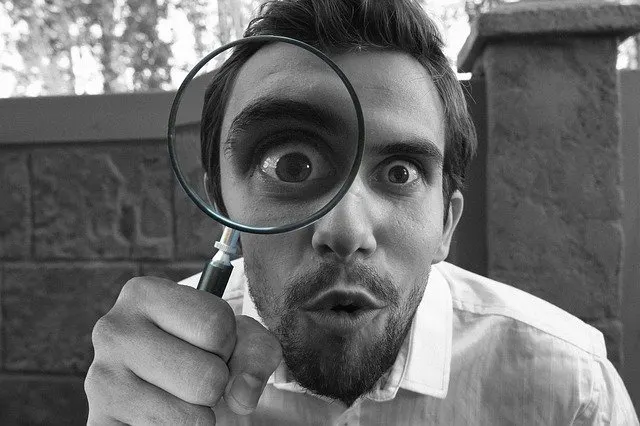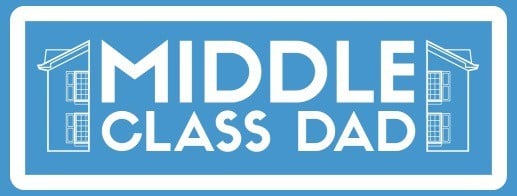
In the realm of homeowners insurance inspections, home insurance inspections are commonplace. If your home hasn’t been inspected in a long time or older, you should expect an home insurance inspection once you get a policy.
Inspections look for risk indicators that aren’t mentioned in your home’s insurance quote and confirm the value of your home. Surex is a great choice for insurance inspections if you need it.
How is the home insurance inspection done?
A home inspection may be required after submitting a home insurance application. That means an insurance company inspector will come to the house to inspect it.”
Many insurance companies need an examination before signing off on a new home insurance policy, even if most of us aren’t happy about strangers poking about our homes.
Home insurance inspections are necessary to verify that the home’s worth and liability concerns are reflected in the insurance policy. Home insurance inspections can be beneficial to the homeowner and finalizing a home insurance policy.
Why do insurance companies require home insurance inspections?
The primary goal of a home insurance inspection may be summarized in one word: liability. Insurance liability is anything that could put the provider at risk if they accept to underwrite a house insurance policy.
Even though home insurance applications should be complete and include an exhaustive list of potential liabilities in the property, many insurance providers want to ensure that nothing is neglected. As a result, insurance firms require house inspections to guarantee that the application covers all residence liabilities.
Aside from liability concerns, the homeowners insurance inspection validates the home and any other property covered by the policy. This ensures that the policy provides adequate coverage to protect the home in the event of damage or destruction.
The advantages of having a home insurance inspection
Home inspections aren’t simply for the benefit of insurance companies. Homeowners can benefit from these examinations.
The inspector is searching for any claims-related hazards. The homeowner is protected by discovering previously unknown threats. Once the hazards have been recognized, the homeowner can take steps to mitigate them.
Home insurance providers will also discount you if you have installed security systems or fire alarms. During the examination, everything in the house that could result in a lower premium will be discovered.
Home inspectors will examine the degree of coverage for the insured residence. Homeowners don’t want their property to have too much or too little coverage, so getting a second assessment from a specialist is always a good idea.
Although these inspections may appear inconvenient, the advantages outweigh the discomfort.
The price of a home insurance inspection for insurance purposes
The cost of a home insurance inspection varies depending on your provider and the property’s location. According to State Farm, home inspections are estimated to cost between $300 and $500.
However, you only need to pay this fee if you need an inspector for personal reasons, such as buying or selling a home.
If an insurance company requests an inspection, it usually dispatches an inspector and compensates for their time. If the inspection is for insurance purposes, you should not be charged for it.
How to Prepare for an homeowners Insurance Inspection of Your Home
You should have a little information on hand before the house inspector arrives. Gathering these necessary documents ahead of time will make the procedure go more smoothly.
The following is a homeowners insurance inspection checklist to have on hand for the inspection:
Square footage paperwork is useful for determining the size of the home and whether the coverage limit is appropriate for the home’s value.
Details of the renovation: Any alterations made by the homeowner to the outside or inside of the home should be documented and shown to the inspector. These alterations will impact the home’s value and, as a result, the quantity of coverage required.
Alarms and home security systems: Any paperwork you have about home security and alarm systems will come in handy. Many home insurance companies provide discounts for specific home security and alarm systems.
Any extra documents you have on the property may be useful to have on hand if you need them.
These homeowners insurance inspection checklist are necessary to convince the insurance inspector.
What do home inspectors look for when they inspect a house?
Home inspectors are on the lookout for any dangers not disclosed in the insurance application. The insurance provider will be liable for any risk not accounted for. Thus, they require home insurance inspections to avoid this.
Depending on how old and size the home is, the inspection could take anywhere from 30 minutes to over an hour. The home inspector will examine the exterior of the house. Home inspectors are also known to go inside the house.
Post-inspection
The insurance provider may provide you with a list of recommendations following the examination. The majority of the recommendations are focused on potential risk issues and how to address them.
If necessary, follow up with more questions to explain. Any doubt could cause issues with the service provider.
If any of the recommendations appear unrealistic, contact the insurer right once. If the homeowner can show that the insurer’s suggestions are incorrect, some insurers may be ready to amend their minds.
Is it possible to receive home insurance without having your house inspected?
Before providing a policy, not all house insurance companies need their customers to have a home insurance inspection. You might be able to purchase home insurance without first having it inspected.
Never ask the supplier if thy can waive the home insurance inspection. There may be a problem with the property, and they may refuse to insure your home. If the provider requests an examination, cooperate with them.
Why do insurance companies require home insurance inspections?
Liability and risk management are two reasons why an insurance company could need a home inspection.
Inspections are an accurate technique of monitoring risk, which insurance companies prefer to avoid — and be aware of. A home inspection is a way for an insurance company to avoid possible future losses due to liabilities not stated on the first application.
Grounds in the vicinity
If you’re a new client, your home has an older build date, or the structure’s replacement cost is difficult to establish or needs verification, you may be forced to have a home inspection. In most cases, an insurance house inspection takes place 30 to 90 days after the policy begins. An interior examination, an exterior inspection, or both may be required for your home.
Your homeowner’s insurance rate may increase or drop due to the home insurance inspection. If your inspection reveals that your house is too unsafe to cover, your insurance provider may invalidate your policy or give a list of needed repairs.
What is the exterior home insurance inspection checklist for insurance purposes
An external inspection is standard insurance required if you move into a new apartment. Insurance providers use exterior inspections to certify the replacement cost of your home and other constructions.
Dwelling coverage protects your home’s physical structure, whereas other structures’ coverage protects fences, detached garages, pools, and gazebos.
An external home insurance inspection usually does not require your presence. Your insurance company may hire a third-party photographer to photograph the exterior of your home.
Your insurance company’s underwriters will look at these photos and make any required changes to your policy based on them; the same is true for an interior inspection.
Although you are not obligated to attend an exterior home insurance inspection, your insurance provider should notify you of the date. Prepare for an exterior homeowner inspection by learning what to do ahead of time through Surex.
Below are the interior home insurance inspection checklist for insurance purposes
For older properties, interior home inspections are frequently required. These facilities’ HVAC, plumbing, and electrical systems may be antiquated, putting an insurance business at risk. The insurance company takes charge of any damage caused by a burst pipe or similar covered claim.
At the time of the interior home inspection, you must be present. Depending on your home and the size of your property, an inspection might take anywhere from 30 to 90 minutes.
The inspector will inspect your home’s:
- Ceiling and walls
- Connections to water
- System of safety and security
- Flooring
- Attic and basement
- Rooms and common areas
You can read about external home insurance on Surex, as any discovery may influence your rates. Your insurance company may raise your premium or cancel your policy if unanticipated liabilities are discovered in your house. Depending on the risk, your insurance provider may cancel your policy or offer you time to correct the problems.
- Sagittarius Man & Gemini Woman Love and Sex Compatibility - January 31, 2024
- Taurus Ascendant Rising Personality Traits in Men (Guide) - January 31, 2024
- How to Seduce and Attract a Sagittarius Man (Seduction Tips) - January 31, 2024
